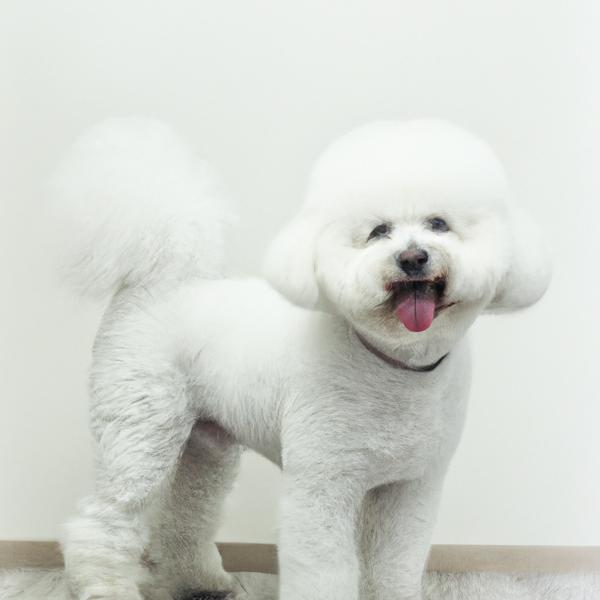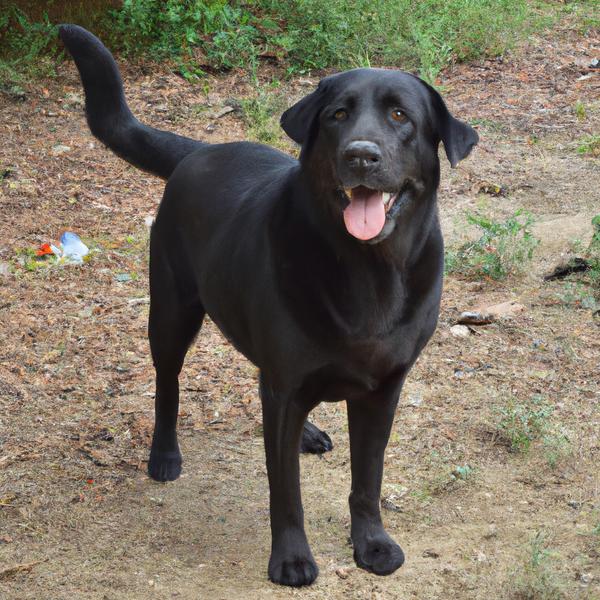Bichon Frise vs. Labralas: Breed Differences and Similarities
Hypoallergenic
Are Bichon Frises or Labralass hypoallergenic, or neither?
While no dogs are truly 100% hypoallergenic, Bichon Frises are about as close as it gets, making them an ideal pet if you are an allergy sufferer.
Unfortunately, the Labralas is not hypoallergenic, making it not a good choice for a dog lover who suffers from pet allergies.
Temperament
What are the personalities of Bichon Frise and Labralas dogs?
Affectionate
Playful
Sensitive
Cheerful
Gentle
Intelligent
Playful
Loving
Energetic
Protective
Alert
Intelligent
Friendly
Responsive
Affectionate
Loyal
Lively
Gentle
Going
Social
Trainable
Companionable
Cheerful
Quiet
Easygoing
Willing
Evenly Tempered
Shedding Level
Do Bichon Frises shed more than Labralass, or which breed sheds more, Bichon Frises or Labralass?
Bichon Frises are low shedding dogs, requiring minimal coat care.
Labralass are moderate shedders, but regular brushing can reduce shedding and maintain coat health.
Watchdog Ability
Which dog breed makes a better watchdog, the Bichon Frise or Labralas?
Bichon Frises are decent watchdogs - they'll alert their owner if something seems amiss.
Labralass make excellent watchdogs - they're vocal and protective of their territory.
Origin
What is the origin of Bichon Frise and Labralas dog breeds?
France
United States
Ancestry
What are the origins of Bichon Frise and Labralas breeds?
barbet, water dog
Vizsla and Labrador Retriever
Breed recognition
Which kennel clubs recognize/register Bichon Frise and Labralas?
American Canine Registry
American Kennel Club
America's Pet Registry
Canadian Kennel Club
Dog Registry of America Inc.
Federation Cynologique Internationale
Kennel Club of Great Britain
North American Purebred Registry, Inc.
American Canine Association, Inc.
Australian National Kennel Council
Continental Kennel Club
National Kennel Club
New Zealand Kennel Club
United Kennel Club
The Bichon Frise Club Of America
ACHC = American Canine Hybrid Club
DBR = Designer Breed Registry
DDKC = Designer Dogs Kennel Club
DRA = Dog Registry of America, Inc.
IDCR = International Designer Canine Registry®
Date of Birth
When were Bichon Frise and Labralas breeds first developed?
ancient times
1980s
Eye Color Possibilites
What are the eye colors of Bichon Frise and Labralas dogs?
Brown
Brown
Amber
Nose Color Possibilites
What are the natural nose colors of Bichon Frise and Labralas?
Black
Black
Coat Color Possibilites
What are the natural colors of the coat for Bichon Frise and Labralas breeds?
White
Cream
Black
Brown
Red
Cream
Fawn
Coat Length
What is the typical coat length for Bichon Frise and Labralas breeds?
Bichon Frises have medium-length coats.
Labralass have coats that can be either short or medium in length.
Coat Density
What is the density of the coat of Bichon Frise and Labralas?
Coat Texture
What is the hair texture of Bichon Frise and Labralas?
Curly
Straight
Litter Size
What is the usual litter size for Bichon Frise and Labralas?
A Bichon Frise can have a litter of 12-15 puppies on average. However, it's worth noting that the size of the litters can vary greatly. Factors that can influence litter size include the health of the mother, breeding history, and genetics.
A Labralas can have a litter of 5-10 puppies on average. However, it's worth noting that the size of the litters can vary greatly. Factors that can influence litter size include the health of the mother, breeding history, and genetics.
Adaptability
Bichon Frise and Labralass are known for their adaptability and versatility. They are capable of adapting well to a wide range of lifestyle changes and living environments, making them great companions for families and individuals of all lifestyles.
Health Issues
Between Bichon Frise and Labralas, which breed is more prone to health problems?
Bichon Frise and Labralas breeds are generally considered to be healthy. However, like all breeds, they are susceptible to certain health issues and it is important to keep an eye out for them and address them with your veterinarian as needed.
Major Concerns
What are the major health concerns for Bichon Frise and Labralas breeds?
Patellar Luxation
Hip Dysplasia
Dental Disease
Legg-Calve-Perthes Disease
Gastric Torsion
Epilepsy
Hip And Elbow Dysplasia
Congenital Eye Defects
Minor Concerns
What minor health issues should be kept in mind when owning Bichon Frise and Labralas?
Cataract
Urolithiasis
Allergies
Tooth Loss
Hemophilia
Atopic Dermatitis
Patent Ductus Arteriosus
Entropion
Ectropion
Progressive Retinal Atrophy (PRA)
Otitis Interna and Media
Occasional Tests
What occasional tests are recommended for Bichon Frise and Labralas breeds?
Eye
Blood
Knee
Heart
X-Rays
Dental Examination
Allergy Tests
Eye Examination
Ear Examination
Ultrasound
Electrocardiogram
Internal Imaging (x-ray, CT scan, MRI, etc.)
Energy
How do the energy levels of Bichon Frises and Labralass compare?
Bichon Frises are a good choice for a low-key lifestyle due to their low energy levels.
Labralass' high energy levels make them unsuitable for a low-key dog, choose accordingly.
Social Needs
Bichon Frise vs Labralas social needs comparison
Bichon Frise and Labralas have very high social needs. These needs include regular mental and physical stimulation, a job or purpose, and companionship. They thrive in environments where they have a lot of interaction with humans and other dogs.
Exercise Needed
Bichon Frise vs Labralas exercise need comparison.
Bichon Frises need only a small amount of physical activity, ideal for busy or elderly people or those with limited space.
Labralass require significant physical activity and suit those with an active lifestyle.
Sleeping Need
Which of the two sleeps the most/least: Bichon Frise or Labralas?
Bichon Frises are known for their relaxed and calm nature and enjoy long periods of sleep.
Labralass are active and require sufficient sleep to stay healthy.
Tendency to Bark
Do Bichon Frises or Labralass bark more/less frequently?
Bichon Frise and Labralass tend to bark moderately, they bark when necessary, such as to alert their owner or to communicate something. They may also bark due to certain triggers like fear, alarm, boredom, greeting, separation anxiety and compulsive barking.
Mouthiness
Mouthiness Comparison: Bichon Frise vs Labralas?
Roaming urge
Bichon Frise vs Labrador: Running away tendency?
Prey Drive
Bichon Frise or Labralas - which breed has a higher level of prey drive?
Past times
What are some enjoyable activities and ways to keep Bichon Frise and Labralas entertained?
Play, Agility, Walk, Walking, Sniffing, Running, Tricks, Fetch, Cuddling, Swimming, Socializing, Cuddle, Sleeping, Training, Go to Park, Lickin, Pets, Run, Snuggle, Sleep, Barking, Eating, Belly rubs, Off-leash, Chase, Dog Parks, Speak, High Five, Tug-of-war, Toys
Chase, Hide & Seek, Football, Swimming
Activity Level
Which breed has higher energy, Bichon Frises or Labralass?
Bichon Frises are medium-energy dogs and typically enjoy socializing and playing casual or even sustained games of chase with other dogs. They may also have occasional periods of barking or racing around the house.
Labralass are high-energy dogs. They need mental as well as physical exercise. These dogs require a lot of your involvement and without it they can, and will, become problematic dogs.
Tolerance of being left alone
Walks per Week
How many miles should Bichon Frise or Labralas walk each week?
There's really no limit to how far you walk your dog as long as they're comfortable. For Bichon Frise, it's at least 7 miles / week. Just remember to build distance and stamina gradually over time.
There's really no limit to how far you walk your dog as long as they're comfortable. For Labralas, it's at least 15 miles / week. Just remember to build distance and stamina gradually over time.
Activity per Day
Do Bichon Frises or Labralass require more exercise?
In general most Bichon Frises usually need at least 30 minutes of exercise daily. This can be spread across the day and include all sorts of high-energy activities, like walking, running and playing.
In general most Labralass usually need at least 90 minutes of exercise daily. This can be spread across the day and include all sorts of high-energy activities, like walking, running and playing.
Grooming
Which breed is easier to maintain in terms of grooming, Bichon Frises or Labralass?
Bichon Frises have high grooming needs, requiring regular trims and professional grooming assistance to keep their coat healthy.
The Labralas is a low-maintenance breed that doesn't require much grooming.
Brushing Frequency
What is the recommended brushing frequency for Bichon Frise and Labralas dogs?
Bichon Frise and Labralas should be brushed at least once a week. Of course, you can give them more frequent brushes if you find that they are still shedding a lot.
Brushing Tools
What brushing tools are used for Bichon Frises and Labralass?
Pin Brush
Comb
Scissors
Clipper
Nail Clipper
Pin Brush
Slicker Brush
Nail Clipper
Cups
How much food should be given to Bichon Frise or Labralas in cups?
For an average 11-16 pound (5 - 7 kg) Bichon Frise feed 1 cups daily. But, keep in mind, the amount you feed is going to be dependent on the quality of the food you are feeding.
For an average 60-80 pound (27 - 36 kg) Labralas feed 3.5 cups daily. But, keep in mind, the amount you feed is going to be dependent on the quality of the food you are feeding.
Daily Cost
Which breed has a higher daily cost, Bichon Frise or Labralas?
The average cost of a Bichon Frise is somewhere $1.40 - $1.40 per day.
The average cost of a Labralas is somewhere $3.40 - $4.50 per day.
Monthly Cost
Which breed has a higher monthly cost, Bichon Frise or Labralas?
The average per month expenses of a Bichon Frise is between $35 - $42. This makes an average of $420 - $504 per year. It will be on the higher side when the dog is still small because it will need more frequent visits to the vet, shots.
The average per month expenses of a Labralas is between $101 - $134. This makes an average of $1212 - $1608 per year. It will be on the higher side when the dog is still small because it will need more frequent visits to the vet, shots.
Intelligence
Comparing Intelligence: Bichon Frises vs Labralass
Bichon Frises are average in obedience intelligence but have a high IQ and may cause trouble if left unsupervised.
Labralas is highly intelligent and very trainable.
Sensitivity Level
How do Bichon Frise and Labralas compare in sensitivity?
This breed is sensitive and requires gentle handling and a calm home environment.
This breed is sensitive to its environment and best suited for patient and understanding families with a consistent routine.
Affection Dependance
Which is the more affectionate dog breed: Bichon Frise vs Labralas?
Apartment Friendly
Which breed is more apartment-friendly: Bichon Frise or Labralas?
Bichon Frises make excellent apartment dogs, being fairly active indoors and not requiring a yard.
Labralass can do well in apartments with enough exercise and time outside, but a small yard would be ideal.
Child Friendly
Do Bichon Frises or Labralass have a friendlier temperament towards children?
Bichon Frises are good with kids if socialized and trained from a young age.
Labralass make excellent family pets for kids due to their gentle, protective nature and calm temperament.
Senior-friendly
Which dog is more suitable as a pet for the elderly - Bichon Frise or Labralas?
Cat Friendly
Do Bichon Frise or Labralas breeds have a better compatibility with cats?
Bichon Frises are very friendly with cats and make great companions for them.
Labralass are good with cats, but early training is needed to prevent chasing behavior.
Dog Friendly
Which breed is more sociable with other dogs: Bichon Frise or Labralas?
Bichon Frises are generally very friendly towards other dogs, with a happy and affectionate temperament.
Labralass are friendly and active companions, and can be good family pets, though their friendliness towards other dogs may vary.
Pet friendly
How do Bichon Frise or Labralas dogs interact with other pets?
Stranger Friendly
Which breed is more friendly with strangers: Bichon Frise or Labralas?
Bichon Frises are highly friendly around strangers.
Labralass are friendly but may bark at strangers, and training is easy due to their intelligence.
Playfulness
Which breed is more playful between Bichon Frise and Labralas?
Bichon Frises are a playful breed that needs daily playtime to be happy.
Labralass are very playful, so adopting an older one might be a better option for a more relaxed experience.
Trainability
How do the trainability levels of Bichon Frises and Labralass compare?
Bichon Frises are usually easy to train but require consistency to fully obey commands.
The Labralas is highly intelligent and eager to please, making it a great choice for both novice and experienced dog owners due to its easy trainability.
Compare Bichon Frise with other breeds

Ewokian
Bichon Frise vs Ewokian
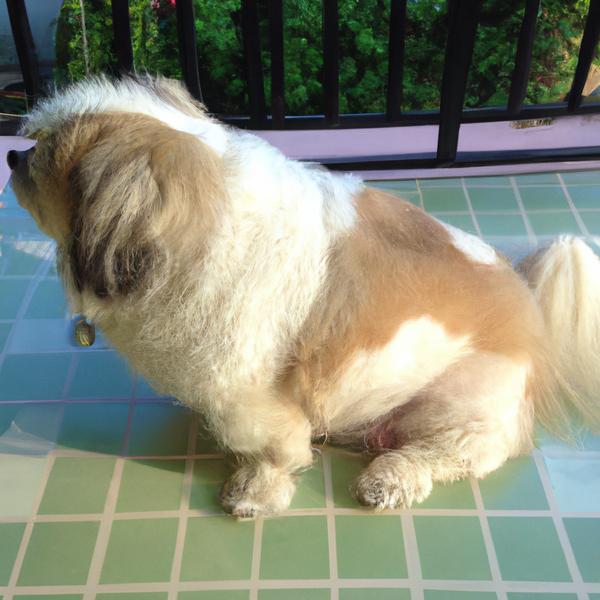
Cheeks
Bichon Frise vs Cheeks
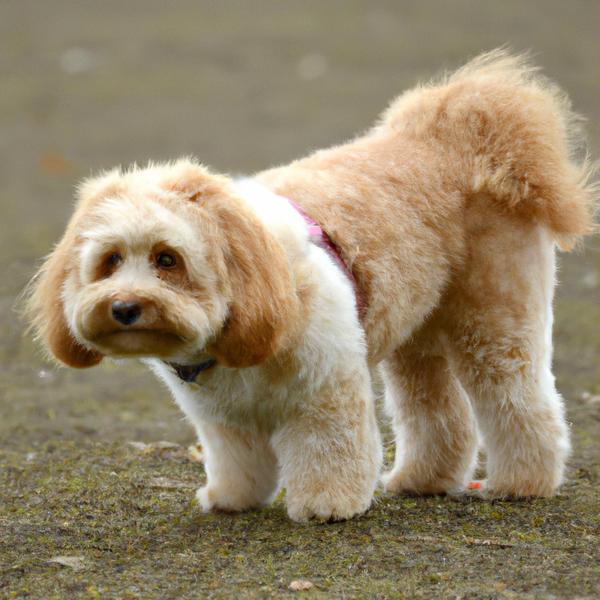
Aki-Poo
Bichon Frise vs Aki-Poo
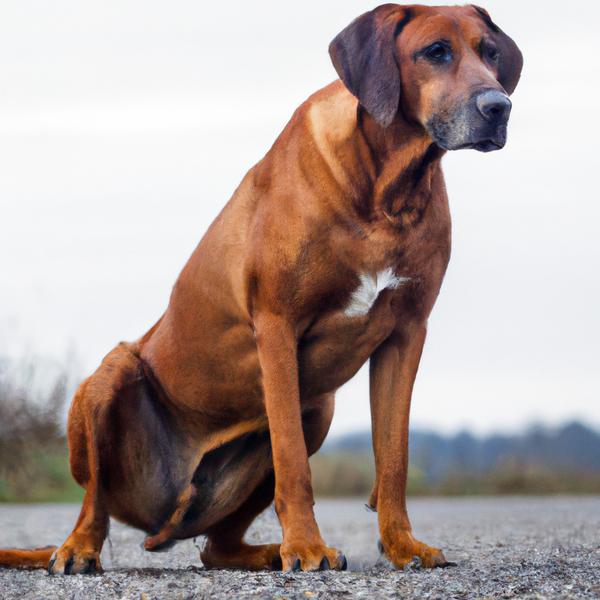
Rhodesian Bernard
Bichon Frise vs Rhodesian Bernard
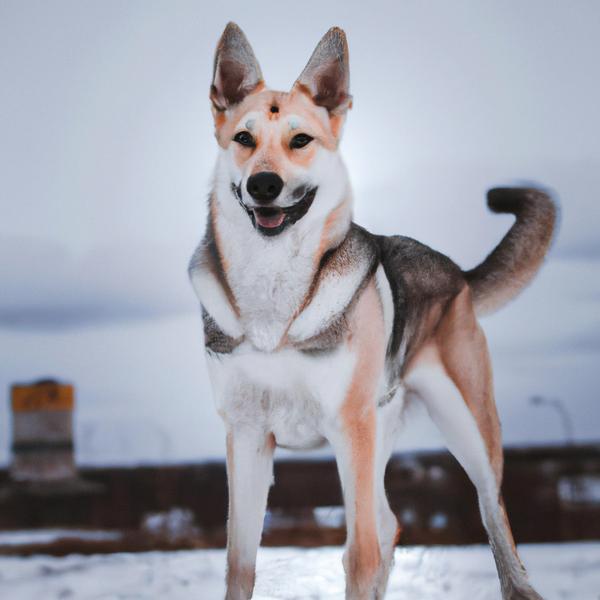
Gerberian Shepsky
Bichon Frise vs Gerberian Shepsky
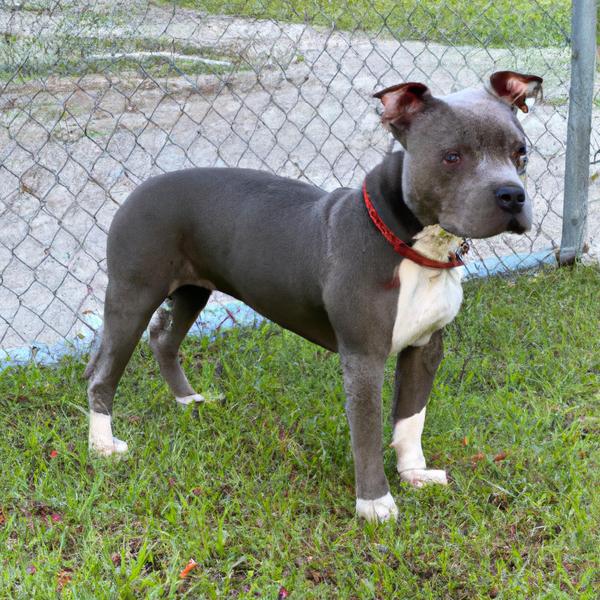
Pocket Pitbull
Bichon Frise vs Pocket Pitbull
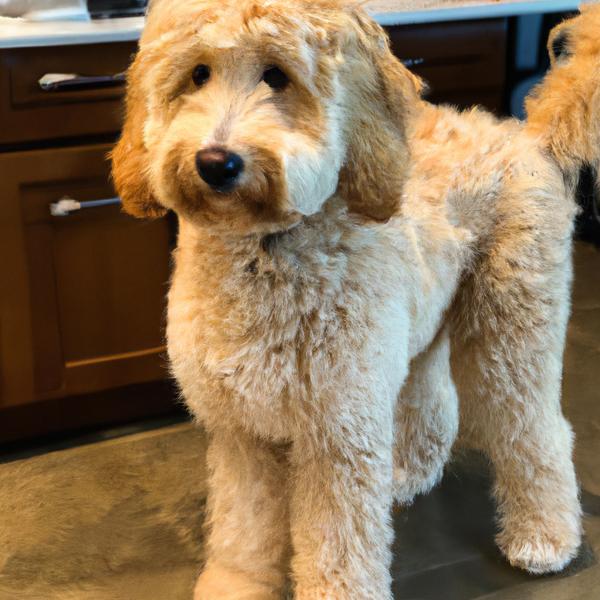
Miniature Goldendoodle
Bichon Frise vs Miniature Goldendoodle
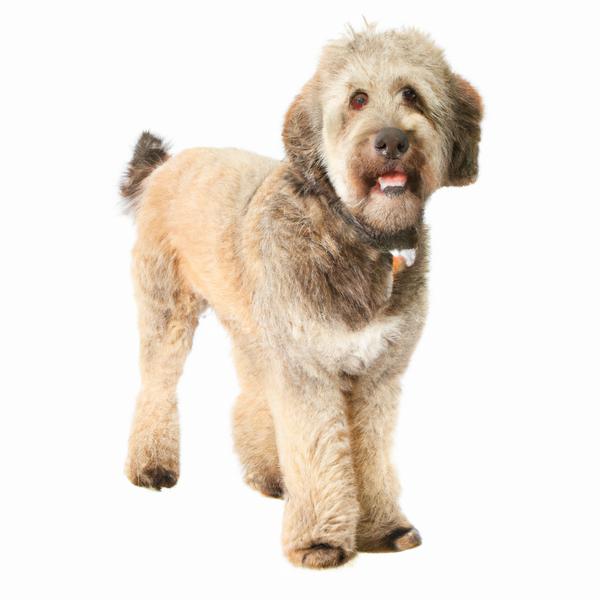
Bridoodle
Bichon Frise vs Bridoodle
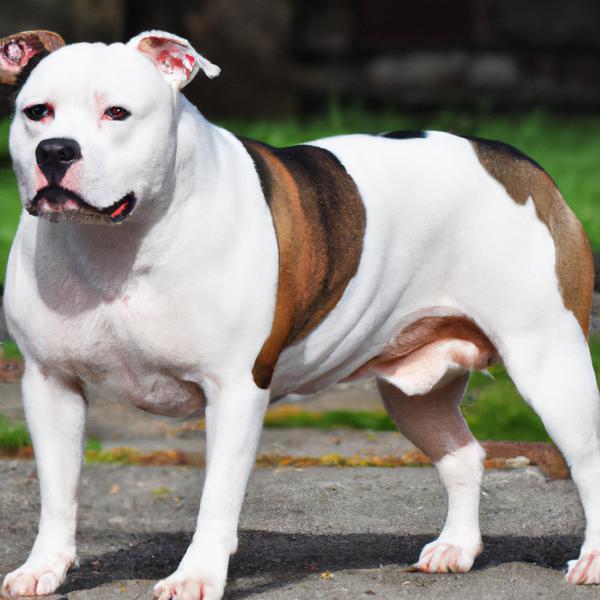
American Bullhuahua
Bichon Frise vs American Bullhuahua
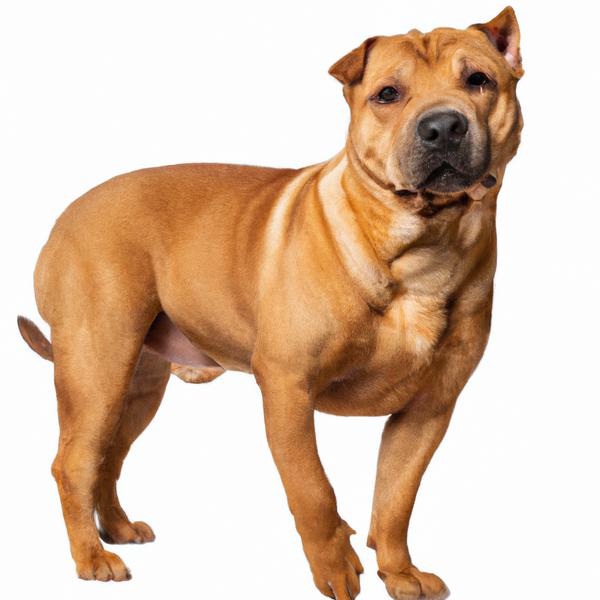
Shar-Pei Pitbull Terrier
Bichon Frise vs Shar-Pei Pitbull Terrier
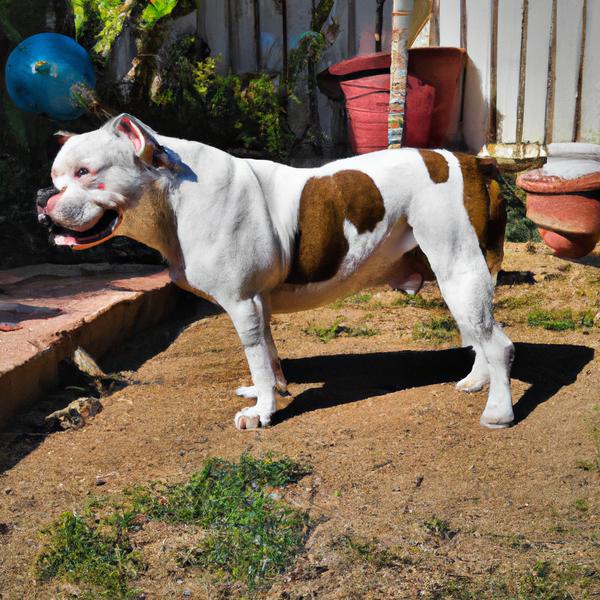
American Neo Bull
Bichon Frise vs American Neo Bull
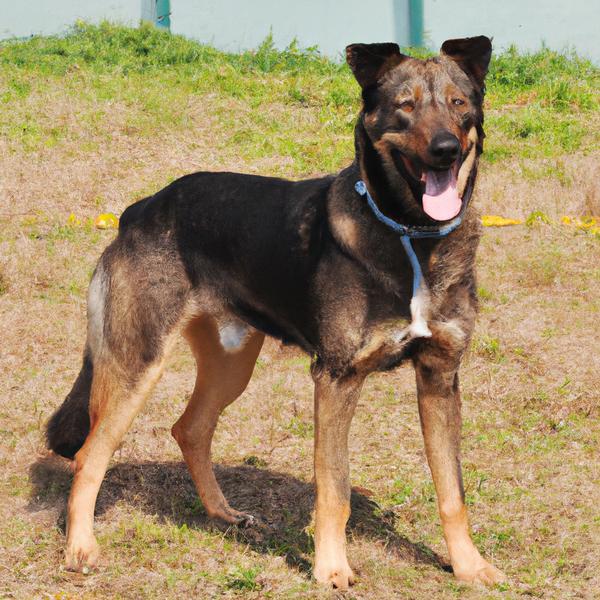
Cattle Shepherd
Bichon Frise vs Cattle Shepherd
